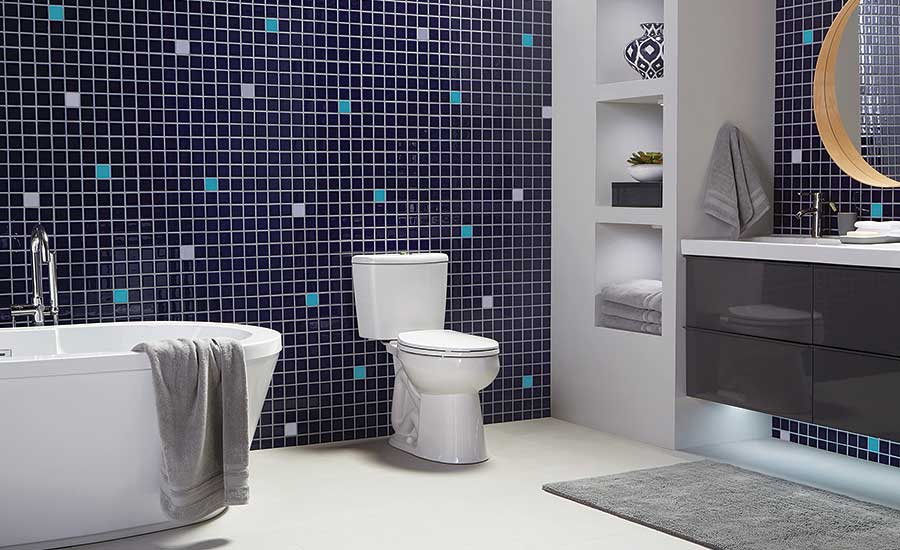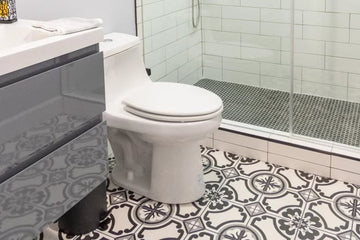In the quest for sustainability, the debate of dual flush toilets vs traditional models has taken center stage. The primary difference lies in their flushing mechanisms: dual flush toilets offer two flush options a half flush for liquid waste and a full flush for solid waste while traditional models typically use a single, consistent amount of water per flush. This seemingly simple distinction can have significant implications for water conservation and efficiency in our homes and businesses.
For those in the Industry QA sector, understanding the nuances of these systems is crucial not only for compliance and environmental responsibility but also for guiding consumers toward more sustainable choices. As the world grapples with increasing water scarcity issues, the choice between these two toilet types becomes more than just a matter of personal preference.

The Environmental Impact of Toilets
Toilets are a significant part of household water usage. Traditional models can use up to 7 gallons per flush, whereas dual flush toilets are designed to drastically reduce this number, with some models using as little as 1.28 gallons per flush. This can lead to a substantial reduction in water usage over time, which is critical in areas prone to drought or where water resources are limited.
The environmental benefits of switching to dual flush toilets are clear. According to the Woodlands Water Agency, implementing water-saving fixtures like dual flush toilets can significantly decrease a household's water footprint. This is particularly important for those involved in quality assurance, where sustainable practices are often a top priority.
Cost Implications: Upfront vs Long-Term Savings
While dual flush toilets may have a higher initial cost compared to traditional models, they can offer financial savings in the long term. The reduction in water usage translates to lower utility bills, an important consideration for both homeowners and businesses. The advantages of dual flush toilets extend beyond the environmental; they also offer a smart economic choice for the future.
For industry professionals, understanding these cost dynamics is essential. Not only does it help in recommending the right products to clients, but it also supports long-term sustainability goals that many companies are striving to achieve.
Challenges and Considerations
Despite their benefits, dual flush toilets are not without challenges. Potential issues include the need for more frequent maintenance due to their complex mechanisms and the possibility of improper use, leading to water wastage. Comprehensive user education is essential to realize the full benefits of dual flush systems.
Moreover, the Scope Zero guide on water-saving toilets highlights the importance of proper installation and regular maintenance to ensure these systems operate efficiently. This is where Industry QA professionals can make a significant impact by ensuring that installations comply with the highest standards.
Comparing Performance: Efficiency and Efficacy
From a performance standpoint, dual flush toilets often outperform their traditional counterparts. They are designed to handle waste more efficiently, reducing the likelihood of clogs and requiring fewer repairs over time. This aspect is particularly appealing to those in quality assurance roles, as it aligns with the goals of reducing maintenance costs and enhancing customer satisfaction.
For more on how these toilets can achieve such efficiency, the Toilet King provides insights into the eco-friendly resolutions that dual flush systems offer.
Conclusion: Making the Right Choice
In conclusion, the decision between dual flush toilets vs traditional models is not merely a matter of preference but one of environmental responsibility and economic foresight. For those in the Industry QA field, advocating for and implementing dual flush systems can lead to significant sustainable strides both within organizations and in broader communities.
As we continue to face global water challenges, choosing the right toilet system is a small yet impactful way to contribute to a more sustainable future. For more details on the workings and benefits of these systems, check out this detailed guide on dual flush toilets.

FAQs
Why are dual flush toilets considered more eco-friendly?
Dual flush toilets are more eco-friendly because they use significantly less water than traditional models, especially for liquid waste. This reduction in water usage helps conserve water resources and reduce utility bills.
Are dual flush toilets more expensive to maintain?
While they can require more maintenance due to their complex mechanisms, the overall cost of maintenance is often offset by the savings in water bills and the reduced need for repairs due to fewer clogs.
How do dual flush toilets impact water bills?
Dual flush toilets can lower water bills by reducing the amount of water used per flush. This efficiency can result in substantial savings over time, making them a cost-effective choice in the long run.






